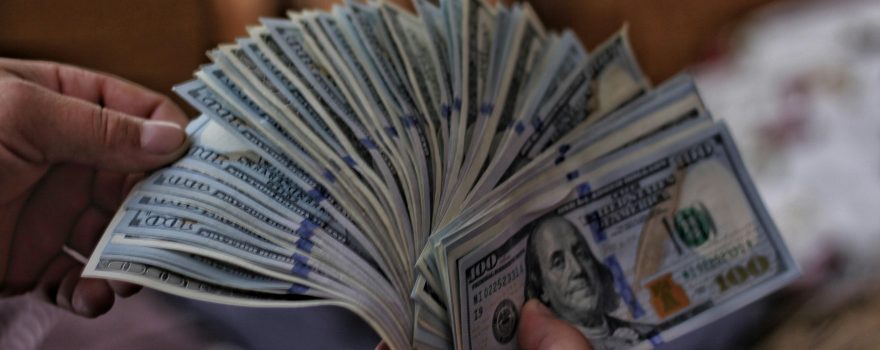
Unusual movements in the US dollar suggest it may soon behave more like a risky asset than a traditional safe haven, Goldman Sachs analysts warn. Despite recent stabilization, the greenback’s correlation with global volatility indexes remains near historic lows, indicating a departure from its classic role as a refuge in times of market stress.
Elevated policy uncertainty tied to trade tariffs, questions over Federal Reserve independence, and mounting fiscal concerns contribute to this shift, according to Goldman strategists Karen Reichgott Fishman and Lexi Kanter. These factors, combined with a global trend toward diversification away from US assets, signal a dollar vulnerable to sharp fluctuations.
A notable catalyst for this changing dynamic was the steep slide in the dollar earlier this year following President Donald Trump’s aggressive tariff threats against major trading partners. While Goldman analysts stop short of predicting a permanent loss of the dollar’s safe-haven status, they highlight the potential for increased volatility in the near term.
Data compiled by Bloomberg reveals that the correlation between the dollar and a widely used G-10 volatility gauge is near its lowest level in seven years. For much of the past decade and a half, this correlation remained strongly positive, reinforcing the dollar’s reputation as a stabilizing force during turbulent markets.
Simon White, Markets Live Strategist at Bloomberg, offers a cautious long-term outlook on the greenback. “The outlook for the dollar is negative over the long term for multiple reasons: less global trade, de-dollarization, re-setting of hedging ratios,” White noted. “Yet it has undeniably sold off a lot already, and markets rarely take the direct path to where they are ultimately going. A bounce is probably in order.”
Perhaps most striking in 2025 has been the dollar’s increasing tendency to fall alongside US equities — a phenomenon occurring more than twice as often this year compared to the previous decade. This convergence extends to Treasuries as well, highlighting what Goldman describes as a “more concerning sign of reduced US asset appeal.”
Such dynamics challenge the traditional assumptions around currency hedging and risk management, raising questions about the dollar’s future role in global finance. Investors and policymakers alike will be watching closely as geopolitical and economic uncertainties continue to shape the dollar’s trajectory.

 Get in Touch
Get in Touch 


